We explore Leonardo Da Vinci, his fields of study and influences. In addition, we discuss his works and general characteristics.
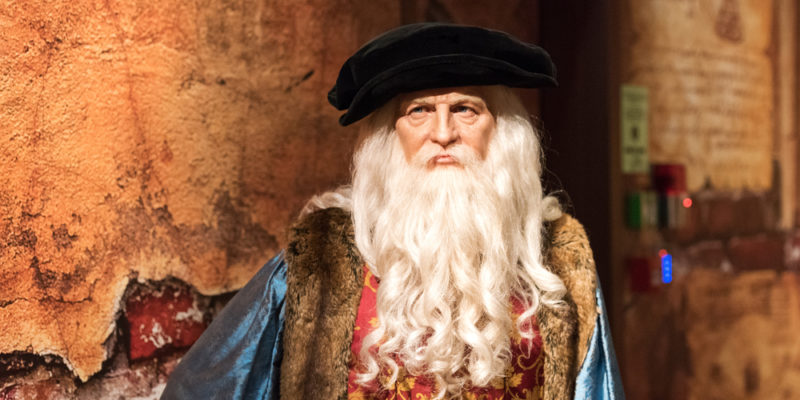
Who was Leonardo Da Vinci?
Leonardo da Vinci was a celebrated Florentine painter, architect, scientist, writer, sculptor, philosopher, engineer, inventor, musician, and urban planner who lived in Renaissance Italy between 1452 and 1519. He is regarded to have epitomized the Renaissance man ideal, interested in a wide range of fields of knowledge as well as in fostering his many creative and intellectual attributes.
Da Vinci cultivated medicine and anatomy, seeking to unveil the mysteries of the human body. He also engaged in the analysis of mechanics, and went so far as to design devices intended for flying. His works represent major contributions to Western culture and art, preserved to this day as part of the European legacy of the 16th century, especially in painting.
Revered and honored throughout Western history, his unparalleled genius has established him as one of the most elevated creative figures of all time.
- See also: René Descartes
Birth of Leonardo Da Vinci
Da Vinci was born in Florence, Italy, on April 15, 1452, the descendant of a noble and wealthy family, born out of wedlock to Piero Fruosino di Antonio, a Florentine ambassador and notary, and a peasant girl named Caterina.
Being an illegitimate child, he did not bear his father's last name; thus, his real name was Leonardo di ser Piero Da Vinci, meaning “Leonardo, son of Piero from Vinci”.
Studies of Leonardo Da Vinci

Aware of his son's talent for drawing, Leonardo's father enrolled him in the studio of Andrea del Verrocchio, one of the most prestigious artistic workshops of the time, where Leonardo was able to mingle with other artists of great stature such as Boticelli, Perugino, and Ghirlandaio.
There, he learned to cultivate his passion for the various arts and fields of knowledge, from algorithmic calculation to sculpture. Having surpassed the master, Leonardo became a renowned artist and engineer, working in the service of his patron Ludovico Sforza, Duke of Milan.
He also worked for the Venetians, whom he helped to design defenses for their city, as well as for Pope Leo X, and Francis I, King of France. This experience allowed him to develop his talent in multiple areas of art and knowledge.
The three giants of the Renaissance
Despite not belonging to exactly the same generation, Leonardo da Vinci, Michelangelo, and Raphael are often considered the three most notable artists of Italy at the time, who profoundly influenced Western art and culture.
Influences of Leonardo Da Vinci
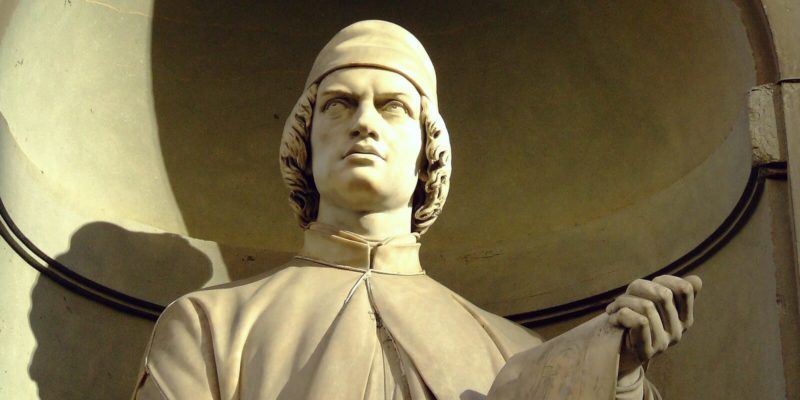
From an early age, Leonardo was immersed in an environment of art and high culture, which undoubtedly provided him with the powerful influence of painter and sculptor Donatello (teacher of Da Vinci's first master, Verrocchio), Masaccio, Ghiberti, Piero della Francesca, and Leone Battista Alberti.
He is known to have been strongly influenced by Renaissance Humanism, particularly by philosophers Ficino and Landino.
Paintings of Leonardo Da Vinci
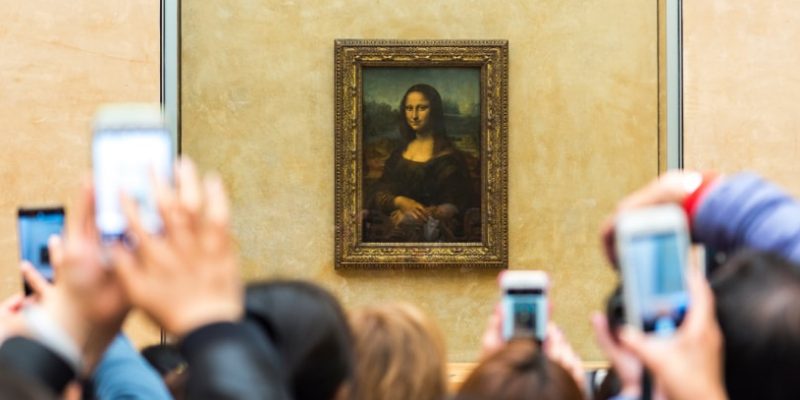
Painting was Leonardo's great artistic genre, above all others, despite the fact he was not a very prolific painter. His paintings have been reproduced and analyzed for centuries, and today are housed in the most important museums in Europe.
Leonardo employed innovative techniques, daring to create compositions and use colors in exceptionally ingenious ways. In his paintings he applied his knowledge of anatomy, botany, and geology, and he especially mastered the "sfumato," a technique of blending shadows and colors.
His best-known and most celebrated paintings are: La Gioconda (also called "Mona Lisa") from 1503, The Last Supper from 1498, The Virgin of the Rocks from 1485, Lady with an Ermine from 1490, and a famous Self-Portrait from 1512.
Drawings of Leonardo Da Vinci
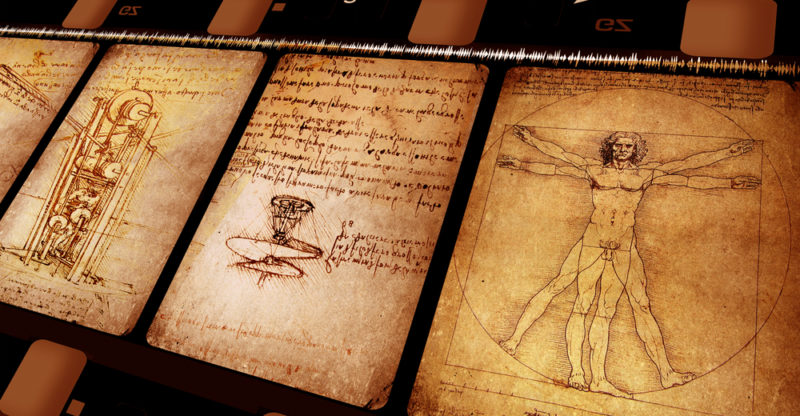
Leonardo cultivated drawing not only for aesthetic and artistic purposes but also as a means of studying human and animal anatomy, architectural design, machinery, or tools.
His work being so diverse, it is possible to find sketches of human fetuses in the womb, skulls, or female anatomy, along with descriptions of crossbows, flying machines, cranes, and equestrian battles.
One of his best known drawings is the Vitruvian Man, a depiction of the human body accompanied by anatomical notes made by Da Vinci in 1490 in one of his journals.
Sculpture of Leonardo Da Vinci

None of Da Vinci's sculptures has survived to the present day. However, he is known to have planned some, which though unfinished, are very famous such as the "Great Horse", an eight-meter-tall bronze statue that was erected in Milan but remained unfinished despite 70 tons of metal being allocated for its construction.
This metal was melted down to make cannons during Milan's resistance to the French invasion. Centuries later, a statue according to Da Vinci's plans was made in the United States and donated to Milan, where it can be seen today.
Inventions of Leonardo Da Vinci
One of the most famous facets of Da Vinci was that of the inventor. He designed numerous mechanisms and devices that were far ahead of his time, such as precursors of the helicopter or rudimentary machines for polishing mirrors.
His notebooks contain a large number of inventions, including weapons and sketches of a theoretical city that would achieve urban perfection.
Recognition of Leonardo Da Vinci
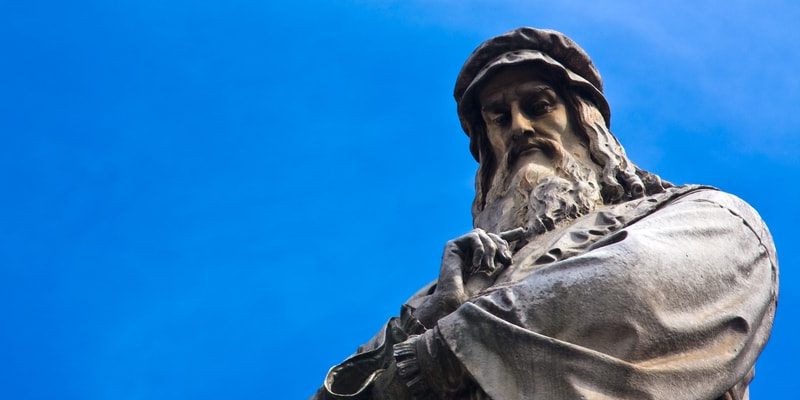
Da Vinci remains a very popular figure in Western imagery, and his work continues to inspire artists as well as popular culture.
He is credited with arcane secrets and mysterious inventions, which have given rise to books such as the novel (and later film) The Da Vinci Code (2003) by Dan Brown, and other similar fictions.
In the field of science, a lunar crater, a Martian crater, and an asteroid (3000) bear his name in his honor.
Death of Leonardo Da Vinci
Da Vinci died on May 2, 1519, after a long period of illness and ailments, at the age of 67. He was buried in the Chapel of Saint-Hubert, within the grounds of the Château d'Amboise.
Explore next:
Was this information useful to you?
Yes NoThank you for visiting us :)